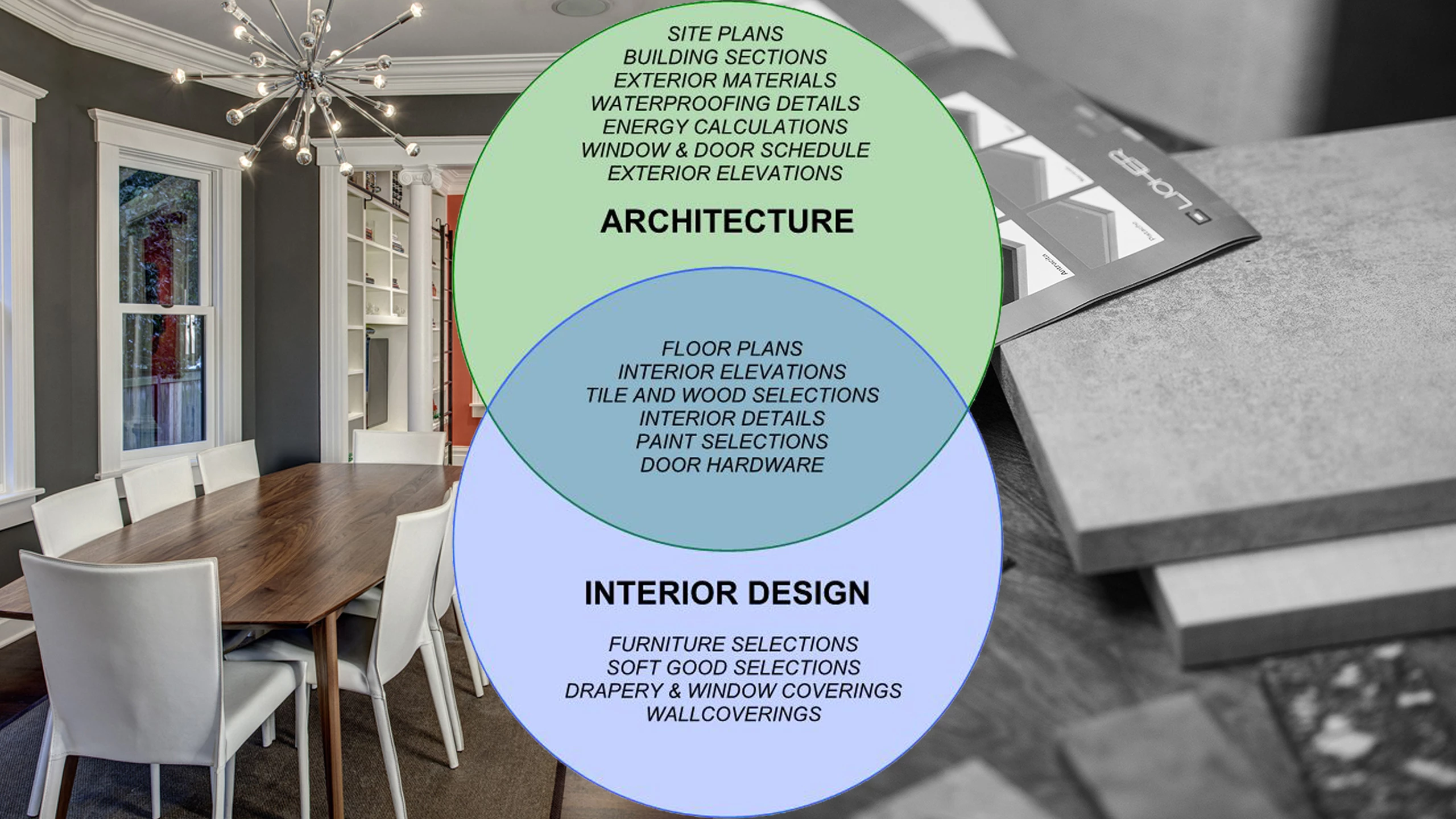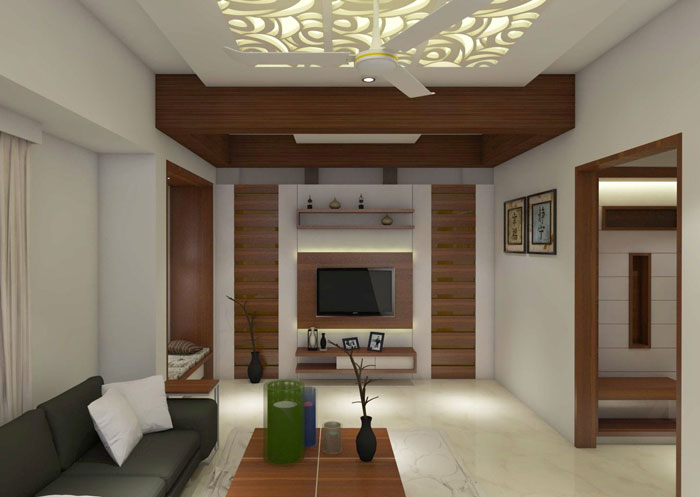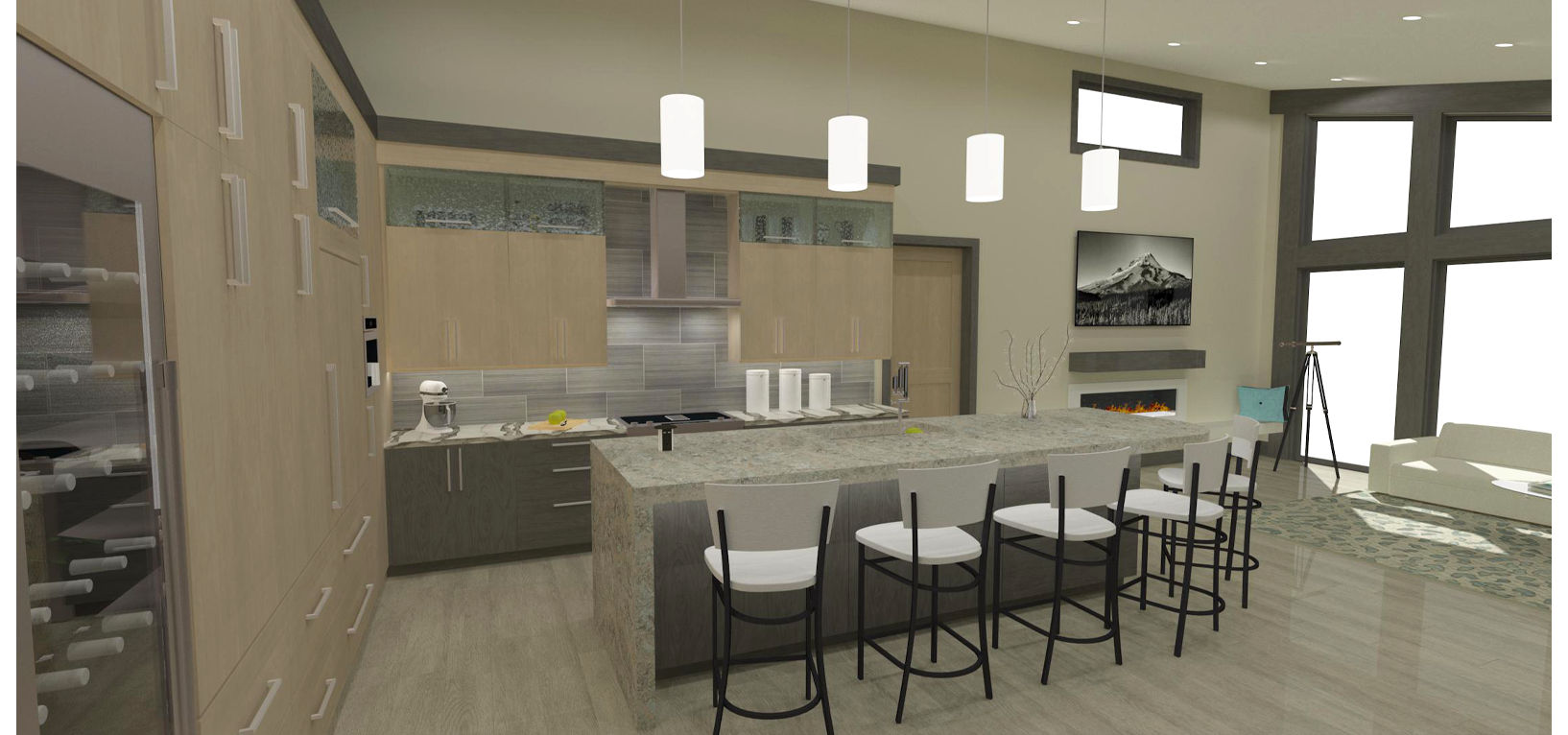Leading Architectural Experts in Hampshire for Custom and Innovative Designs
Wiki Article
The Art of Balance: Just How Interior Design and Home Engineer Collaborate for Stunning Outcomes
In the world of home layout, striking an equilibrium between appearances and capability is no tiny accomplishment. This delicate equilibrium is achieved via the unified cooperation in between interior designers and engineers, each bringing their one-of-a-kind proficiency to the table. Stay with us as we discover the details of this collective process and its transformative impact on home layout.Comprehending the Core Differences Between Interior Decoration and Home Architecture
While both Interior Design and home design play vital roles in developing cosmetically pleasing and practical spaces, they are naturally different techniques. Home design mainly concentrates on the architectural aspects of the home, such as constructing codes, security regulations, and the physical building and construction of the space. It deals with the 'bones' of the framework, dealing with spatial measurements, load-bearing walls, and roof covering styles. On the other hand, Interior Design is more worried with enhancing the sensory and visual experience within that framework. It involves choose and organizing furnishings, choosing color design, and including ornamental components. While they operate in tandem, their duties, obligations, and areas of experience split significantly in the development of an unified home environment.The Harmony In Between Home Style and Interior Design
The synergy in between home style and Interior Design depends on a shared vision of design and the enhancement of practical visual appeals. When these two areas straighten sympathetically, they can change a space from regular to amazing. This cooperation calls for a much deeper understanding of each discipline's principles and the ability to create a cohesive, aesthetically pleasing environment.Unifying Design Vision
Combining the vision for home design and Interior Design can produce a harmonious home that is both practical and visually pleasing. The equilibrium begins with an integrated attitude; designers and interior designers collaborate, each bringing their know-how. This unison of concepts develops the style vision, a blueprint that guides the task. This common vision is crucial for uniformity throughout the home, making sure a liquid shift from exterior style to indoor areas. It promotes a synergistic strategy where building aspects complement Interior Design parts and the other way around. The result is a cohesive home that shows the house owner's character, lifestyle, and preference. Hence, unifying the style vision is essential in mixing design and Interior Design for magnificent results.Enhancing Functional Aesthetics
Just how does the synergy between home style and Interior Design improve useful aesthetic appeals? This harmony allows the production of spaces that are not only aesthetically appealing however additionally comfortably useful. Architects lay the groundwork with their architectural layout, guaranteeing that the area is practical and effective. The interior designer then complements this with meticulously chosen aspects that boost the visual appeals without jeopardizing the capability. This unified cooperation can result in homes that are both stunning and livable. An architect might design a house with big windows and high ceilings. The interior developer can then highlight these functions with high plants and large drapes, specifically, hence boosting the visual allure while keeping the sensible advantages of all-natural light and space.Relevance of Partnership in Creating Balanced Spaces
The collaboration in between interior designers and designers is crucial in developing balanced areas. It brings harmony in between design and style, bring to life rooms that are not only cosmetically pleasing however also practical. Exploring successful joint methods can provide understandings right into exactly how this harmony can be efficiently attained.Harmonizing Layout and Architecture
Equilibrium, a crucial facet of both indoor style and architecture, can only absolutely be attained when these 2 fields work in consistency. This joint procedure results in a cohesive, balanced layout where every aspect has an objective and contributes to the overall aesthetic. Integrating style and design is not just regarding developing stunning areas, yet regarding crafting spaces that function flawlessly for their occupants.Successful Joint Methods

Instance Researches: Successful Assimilation of Style and Style
Checking out a number of case research studies, it emerges exactly how the effective combination of Interior Design and design can transform an area. The Glass House in Connecticut, renowned for its minimalistic sophistication, is one such example. Engineer Philip Johnson and interior developer Mies van der Rohe collaborated to produce a harmonious balance in between the interior and the framework, resulting in a seamless flow from the exterior landscape to the internal living quarters. One more prototype is the Fallingwater Home in Pennsylvania. Continue Architect Frank Lloyd Wright and indoor developer Edgar Kaufmann Jr.'s joint initiatives result in a stunningly one-of-a-kind house that blends with its natural environments. These situation research studies highlight the profound effect of an effective design and architecture cooperation.
Overcoming Difficulties in Design and Architecture Cooperation
In spite of the indisputable benefits of a successful partnership in between Interior Design and architecture, it is not without its challenges. Interaction problems can occur, as both parties might make use of various terms, understandings, and approaches in their job. This can result in misunderstandings and delays in task completion. An additional major difficulty is the balancing act of aesthetics and capability. Architects may focus on structural integrity and safety and security, while developers concentrate on comfort and design. The integration of these objectives can be complex. Furthermore, budget plan and timeline restraints often add pressure, possibly creating rifts in the cooperation. For that reason, efficient communication, good understanding, and concession are crucial to overcome these obstacles and attain a effective and unified cooperation.
Future Trends: The Advancing Relationship In Between Home Architects and Interior Designers
As the globe of home design proceeds to evolve, so does the connection in between engineers and indoor developers. Conversely, interior designers are embracing technological aspects, affecting general format and performance. The future assures a more cohesive, cutting-edge, and flexible approach to home layout, as architects and developers continue to blur the lines, promoting a connection that absolutely embodies the art of balance.Verdict
The art of balance in home layout is achieved via the harmonious cooperation between indoor developers and designers. Regardless of difficulties, this collaboration fosters development and innovation in style.While both indoor design and home design play important duties in creating visually pleasing and useful spaces, they are naturally various disciplines.The harmony in between home architecture and interior style exists in a shared vision of style and the improvement of functional aesthetics.Combining the vision for home style and indoor style can create see this a harmonious living space that is both useful and visually pleasing. Hence, unifying the style vision is critical in blending design and indoor design for sensational outcomes.
Just how does the harmony between home design and indoor layout boost practical appearances? (Winchester architect)
Report this wiki page